How can you tell the difference between a baby with fever and a normal baby temperature? Learn how to assess fever in babies—and how to manage.
Fever in baby: what to look for and what to do
If your baby is under three months old and is running a fever, inform your child’s paediatrician.
If you think your baby may have a fever, the first thing to remember is don’t panic. It’s not uncommon for babies to have an elevated temperature; it’s a normal response to many illnesses and will help your little one fight off infection.
Still, you’ll want to understand what may be causing your baby’s fever, how to treat it and when to call the doctor.
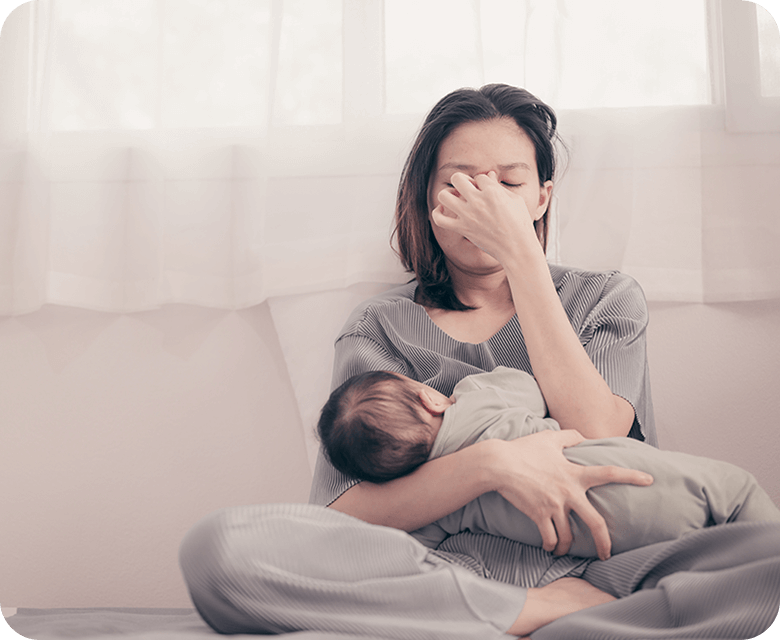
3 common signs of fever in a baby
1. Hot to the touch. Is your baby’s skin warmer than usual?
2. Fussy. Is your infant sleeping and eating less than normal?
3. Lethargic. Has your little one lost interest in playing?
Does my baby have a fever?
If you are worried that your under-two-year-old may have a fever, take their temperature. Your baby’s temperature may fluctuate, but generally if it goes above 37.5°C then your baby has a fever.
For infants, a rectal measure is the most accurate. If you don’t have a thermometer, there are other signs of baby fever you can look out for.
Beyond high baby temperature: what are other signs of fever?
When your infant has a fever, you may notice changes in their behaviour and mood that can act as signals to you that something is wrong. Obviously, every baby is different and you, as their parent, are best placed to know what’s normal for your little one and what isn’t. But common signs of fever may include:
- Not sleeping as well as usual
- Not eating as well as usual
- Not as interested in playing as they normally are
- Lethargic or less active than usual
- In severe cases, seizures or convulsions
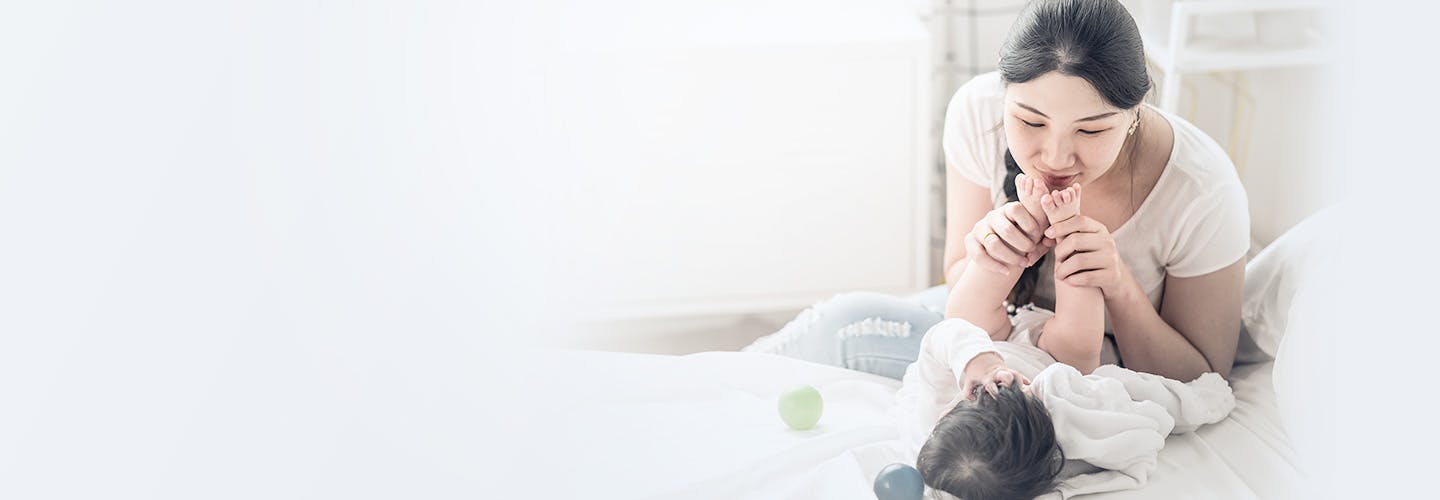
What can cause a baby fever?
A fever is a sign that the body’s natural defences are fighting an infection— this is true for your baby and for you. If your little one has a fever, it’s likely that they’ve caught a bug like the flu , or they could have another common infant illness like an ear infection.
Consult a doctor if your baby has a fever so you can determine and address the cause. In rare cases, a fever can signal a more serious illness, such as meningitis. Tell your doctor immediately if your baby has other symptoms such as rash, vomiting or diarrhoea.
Although it may be distressing to you as a parent, and it may cause your baby discomfort, a fever itself is not harmful for your infant. Their temperature will go back down to normal once the underlying cause is gone. In the meantime, keep a close watch over them and make them as comfortable as possible.
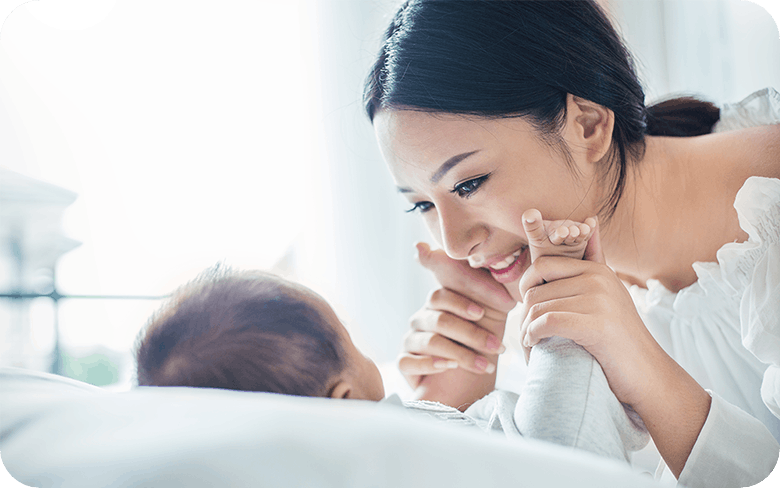
What is normal baby temperature?
Below that 37.5°C definition of a fever, what is considered ‘normal’ in a baby temperature is not a specific number but a range. Their body temperature, like yours, will vary slightly depending on ambient factors like the weather or room temperature. Your little one may feel warm simply because they have too many clothes on.
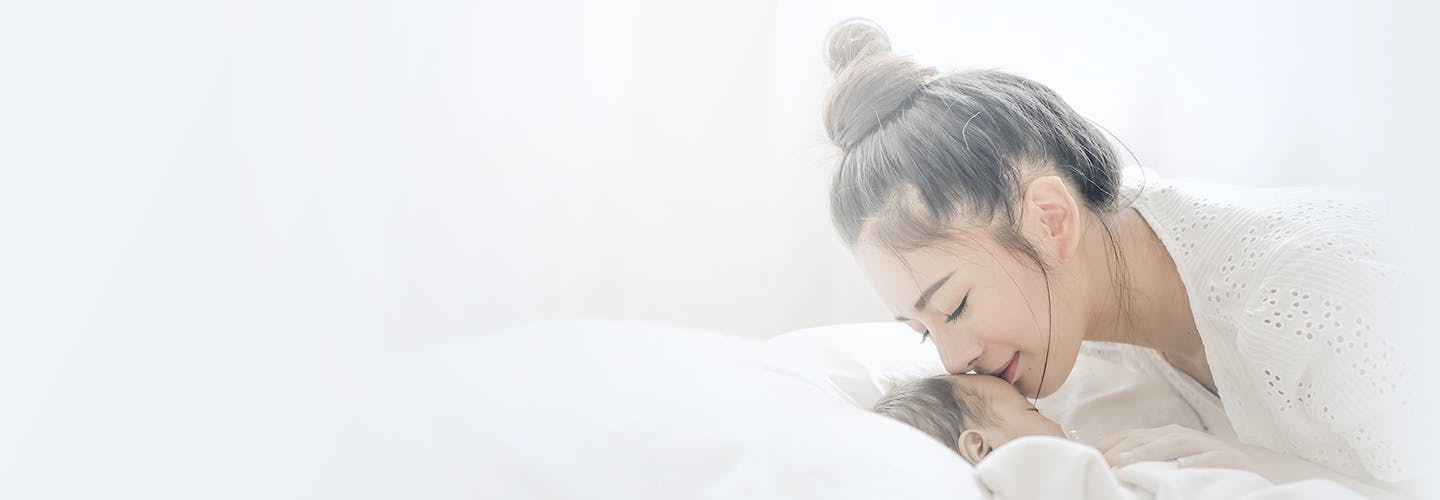
If your baby appears uncomfortable or distressed after you’ve tried some of the remedies below, contact your doctor and arrange to have them seen as soon as possible. You know your little one best and should always trust your instincts to tell you when something is wrong.
You should also seek urgent medical advice if your baby has any of the following symptoms in addition to a fever:
- Is less than three months old.
- Has difficulty feeding or breathing.
- Has a seizure or convulsions.
- Is floppy, overly lethargic or non-responsive.
- Has a rash, especially one that doesn’t blanche when a glass is pressed against it.
- Shows signs of being dehydrated which include fewer wet diapers, no tears when they cry and a sunken ‘soft spot’ on their head.
- Is extremely fussy or difficult to settle.
How can I make my baby more comfortable?
There are a number of home remedies (such as time, rest and loving care are usually the best remedies) that can help and make your feverish baby more comfortable. Depending on your doctor’s advice and your baby’s age, you can also use over-the-counter medicines containing paracetamol to help reduce your child’s fever.
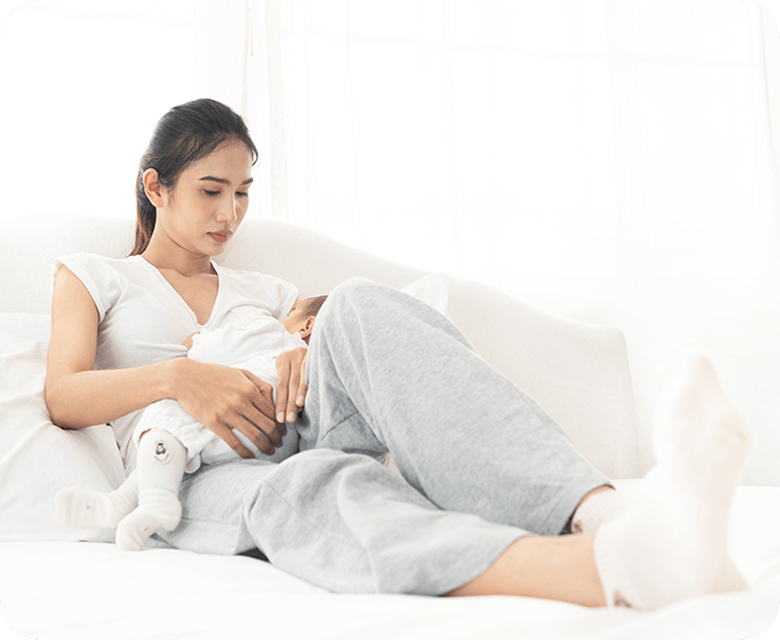
How can I bring down my baby’s fever?
No matter what’s causing your baby’s fever, there are a few things you can try to help keep them comfortable:
- Give them a sponge bath Using lukewarm (not cold) water, gently wipe them down with a soft sponge or cloth and let the air dry them. You can also give them a bath if you prefer but, again, use lukewarm and not cold water. Always check the water temperature on your wrist before sponging them down or putting them into the bath.
- Remove layers of clothing Make sure your baby’s not overdressed or covered in blankets. If they start to shiver, you can add back light layers of clothing until they seem comfortable.
- Give them lots to drink It’s very important to keep your little one from becoming dehydrated when they have a fever. This means plenty of breast milk or formula, electrolyte solution or water, depending on their age (ask your doctor if you’re unsure).
- Try over-the-counter medicines Paracetamol can be used to bring down fever if your baby is older than one month. Consult your doctor first if your baby is under two months old. Always follow the dosage guidelines on the packaging for your infant’s age and weight and be sure not to give them more than one medicine containing paracetamol.




